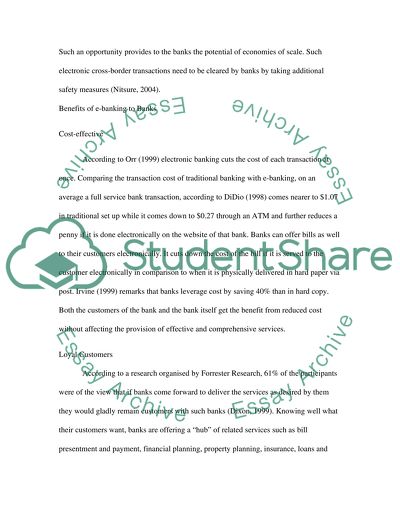Cite this document
(“Electronic Banking Has More Benefits for the Bank than for the Bank's Essay”, n.d.)
Retrieved from https://studentshare.org/finance-accounting/1449333-discuss-the-view-that-electronic-banking-has-more
Retrieved from https://studentshare.org/finance-accounting/1449333-discuss-the-view-that-electronic-banking-has-more
(Electronic Banking Has More Benefits for the Bank Than for the Bank'S Essay)
https://studentshare.org/finance-accounting/1449333-discuss-the-view-that-electronic-banking-has-more.
https://studentshare.org/finance-accounting/1449333-discuss-the-view-that-electronic-banking-has-more.
“Electronic Banking Has More Benefits for the Bank Than for the Bank'S Essay”, n.d. https://studentshare.org/finance-accounting/1449333-discuss-the-view-that-electronic-banking-has-more.


